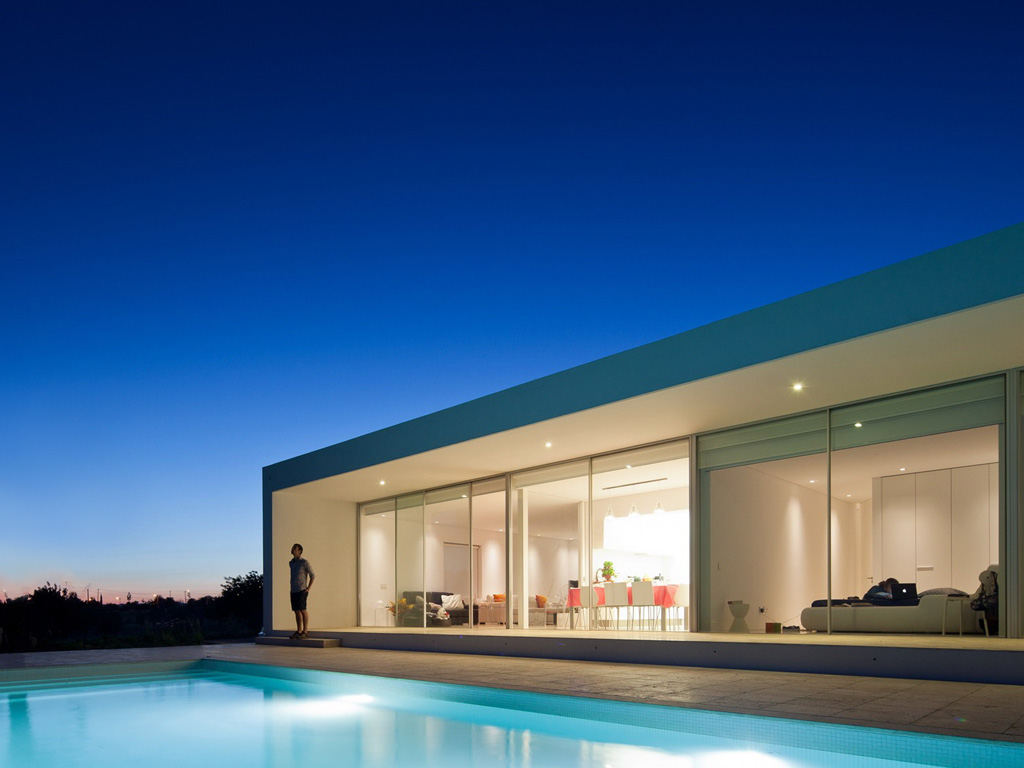

A gentle north-east slope above the wide river bed of the Vltava, offering panoramic views of southern Prague and green horizons of the surrounding hills.
The assignment was to transform this developing quarter into a peaceful residential area, offering a transition between intensive development and natural surroundings.
A family house became the main urbanization unit.
By combining these units, we created a villa quarter structure with an intimate atmosphere generated by small streets between gardens.
The soft-shaped streets caress, along the contour lines, the gentle spherical cap of the ridge, before it drops to steep hillsides.
In the gardens, there are solitary, or semi-detached two-storey family houses.
They are arranged to be in line with the soft shape of the streets.
Their design is a modern interpretation of interwar respectability of the functionalist tradition.
The design offers playful variations of the basic cubic shape, reflecting gentle sloping of the surrounding terrain in a maisonette arrangement.
This is put to good use in the inner world of the houses.
The interiors are open on different levels, with abundant light from all sides.
The interiors are connected to exterior terraces.
The whole concept is a celebration of a house put in a garden, an autonomous house, an essential feeling of existential background.
What is also traditional, is the nature of the design, which is based on the principle: wall vs. aperture and also on the local tradition of "plaster" architecture.
It is exactly the plaster which holds together and integrates the playful shapes of the houses, as if they were minimalist sculptures made out of one piece.
It is the traditional plaster that makes modern architecture accessible to users with more conservative values.
